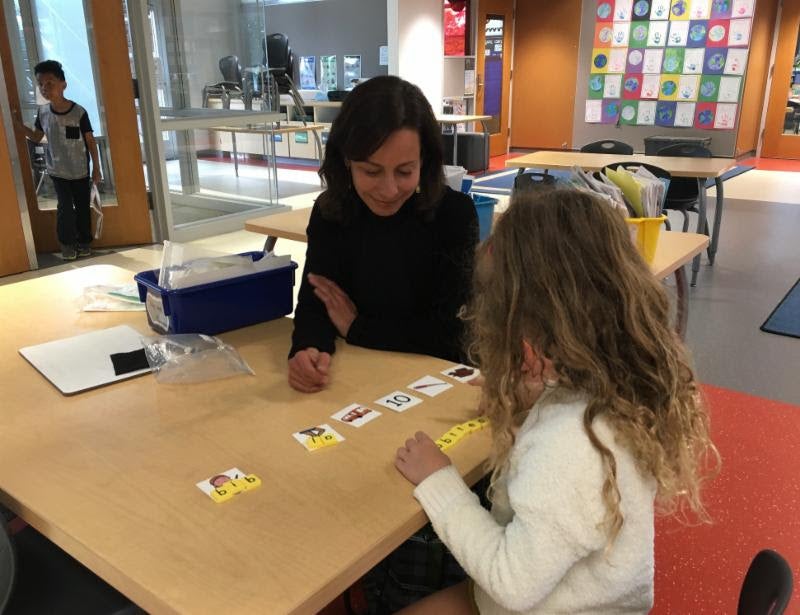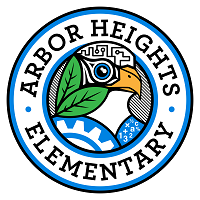Learning Assistance Program (LAP)

What is the Learning Assistance Program (LAP)?
Each year the state legislature proposes to fund the Learning Assistance Program — a statewide program for students in schools who are not meeting the academic standard. Our district applies to the Office of the Superintendent of Public Instruction to receive an allocation for the program. The state then sends funding to our district based on the number of low-income families and other factors.
What is the purpose of LAP Schools?
The Learning Assistance Program (LAP) is a state-funded program that provides additional academic support to eligible students. Eligible students are those achieving below grade level on the state’s assessment tests, and/or students at risk of not graduating. Achievement on district assessment of basic skills may also be considered.
LAP funds are available to support programs in grades K–12 in reading, writing, mathematics, and readiness for those subjects. In our district, it provides extra help for struggling students in reading at the elementary level and reading and math at the middle and high school levels. Children attending a LAP school are eligible for extra assistance regardless of family income.
What does LAP pay for?
LAP supports the regular classroom program by providing support in class for primary classrooms and specialized classrooms in reading for grades 3, 4, and 5 using research-based teaching materials and trained teachers working with LAP assistants. These include:
- Supplementary materials
- Computer-assisted learning
- Parent involvement activities
- Professional development for all staff
What are Student Learning Plans? LAP Plans?
Accelerated Student Learning Plans are required for LAP-served students. The learning plan is an avenue for the student, teacher, and parent/guardian to develop learning goals and a plan of action for individual students. Each learning plan must include:
- Achievement goals for the student.
- Roles of the student, parents or guardians, and teachers in the plan.
- Communication procedures regarding student accomplishments.
- Plan review and adjustment process.
